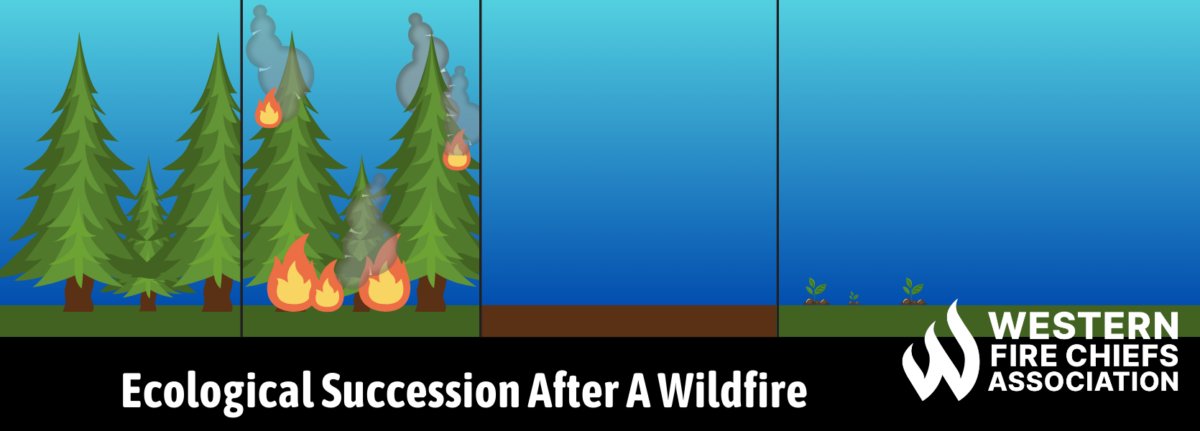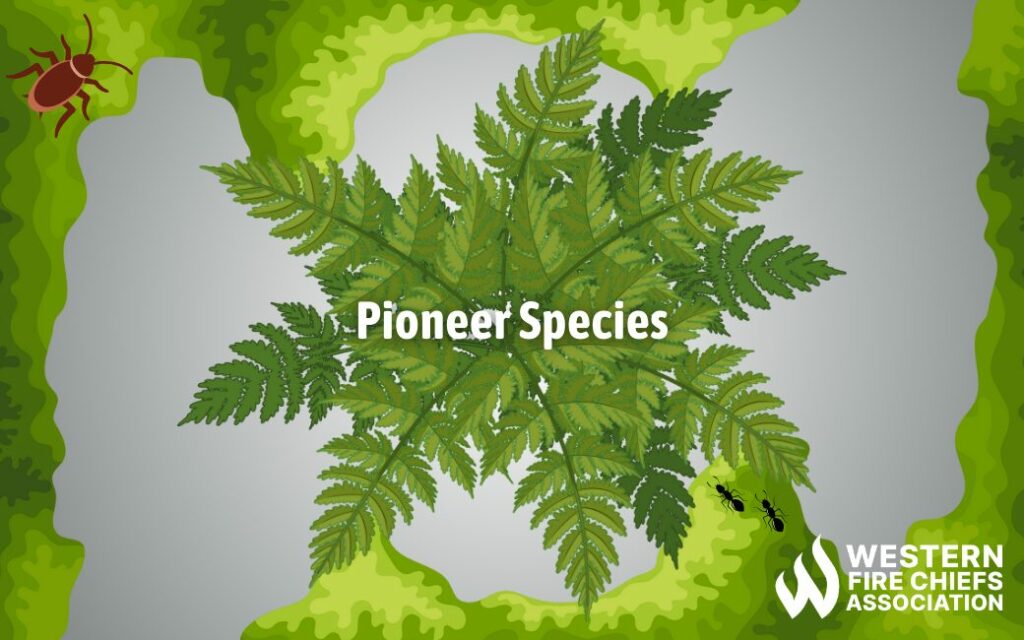Fire Pit Safety Tips
Stay safe around the campfire with tips from the Western Fire Chiefs Association. Learn essential precautions and practices for a worry-free outdoor campfire.
Nature's resilience revealed: Learn about ecological succession after forest fires. Explore the rejuvenation and rebirth of ecosystems with the experts at WFCA.
Published:January 9, 2024
Edited:April 14, 2024

Nature’s resilience revealed: Learn about ecological succession after forest fires. Explore the rejuvenation and rebirth of ecosystems with the experts at WFCA.
In the aftermath of a forest fire, nature undergoes a remarkable process of renewal and transformation known as ecological succession. This dynamic phenomenon unfolds in stages, shaping the recovery of ecosystems. This in-depth article dives into the intricacies of ecological succession, uncovering the different types that unfold in the wake of a forest fire.
Ecological succession refers to the gradual transformation of a species’ composition and habitat characteristics within a specific area over time. This natural process results in a sequence of community changes, ultimately leading to the establishment of a “climax community,” such as a mature forest, or until a disruptive event, like a fire, intervenes.1
There are two types of ecological succession: Primary and secondary. Primary succession takes place in an environment that has never had vegetation or living organisms. This can be newly exposed seafloor, igneous rock, sand dunes, or similar areas with harsh living conditions. Succession in these areas is much slower and it can take hundreds to a thousand years to establish a biotic community.2
Secondary succession is also a slow process and takes place when a disturbance does not eliminate all life from the environment. There are still nutrients within the soil that allow a rebirth of a habitat.3
Since a forest is an ecosystem, the succession that takes place is secondary succession. This is because the area that previously supported life and organic matter is still deep in the soil which will allow for new plants to grow and draw in animals to create a habitat once more.
Plants commonly referred to as “pioneer species”, “first colonizers”, “early successional species”, or even “post-fire specialists” are the first to grow after a forest fire. Some of these plants, like ferns, can begin growing just three weeks after a forest fire has occurred. Moss can regrow in an environment as early as two months post-fire. These plants are able to rebirth so quickly due to rhizomes, horizontal stems that are far underground where the fire cannot touch.4

After a forest fire, the first animals to come back are the ones that can quickly adjust to the changed surroundings. Insects, especially those that lay their eggs in the soil like certain beetles and ants, are among the first to return. Their eggs and pupae are shielded beneath the soil, helping them recover swiftly. Birds also return fast to recently burned areas. The open landscape makes it easier for them to search for food on the ground, and there are a lot of insects and other small creatures for them to eat after a fire. Small mammals, such as rodents and rabbits, also make a comeback. They can reproduce rapidly, which aids in the recolonization of the area. The quick return of these early inhabitants jumpstarts the ecological succession process, setting the stage for other plants and animals to return as the ecosystem gradually heals.
Stay safe around the campfire with tips from the Western Fire Chiefs Association. Learn essential precautions and practices for a worry-free outdoor campfire.
Discover essential firework safety tips to ensure a dazzling display without accidents. Learn how to celebrate responsibly with expert guidance from WFCA.
Explore the role of AI in wildfire prediction with guidance from the WFCA. Learn how advanced algorithms and data analytics enhance early detection and response.